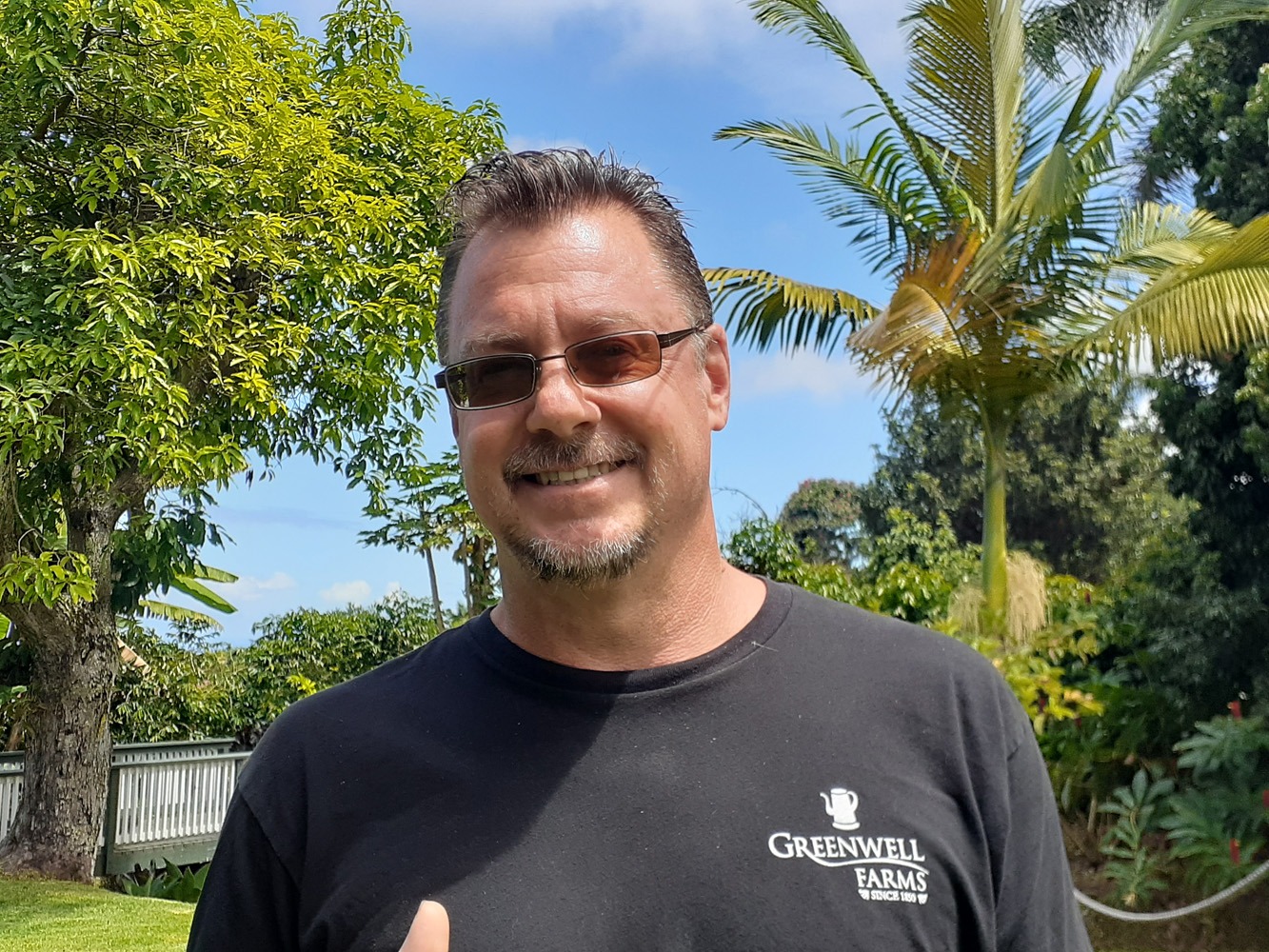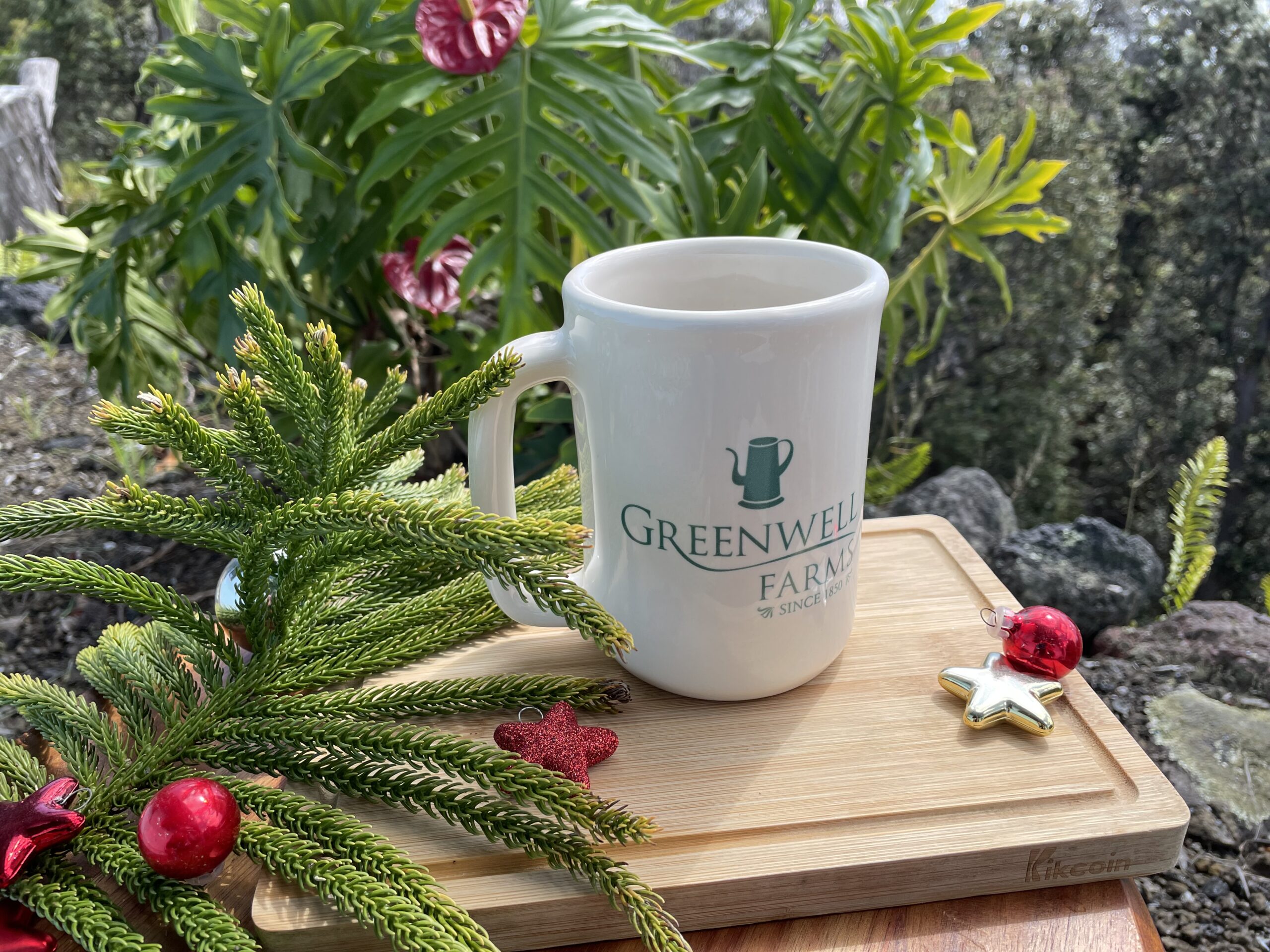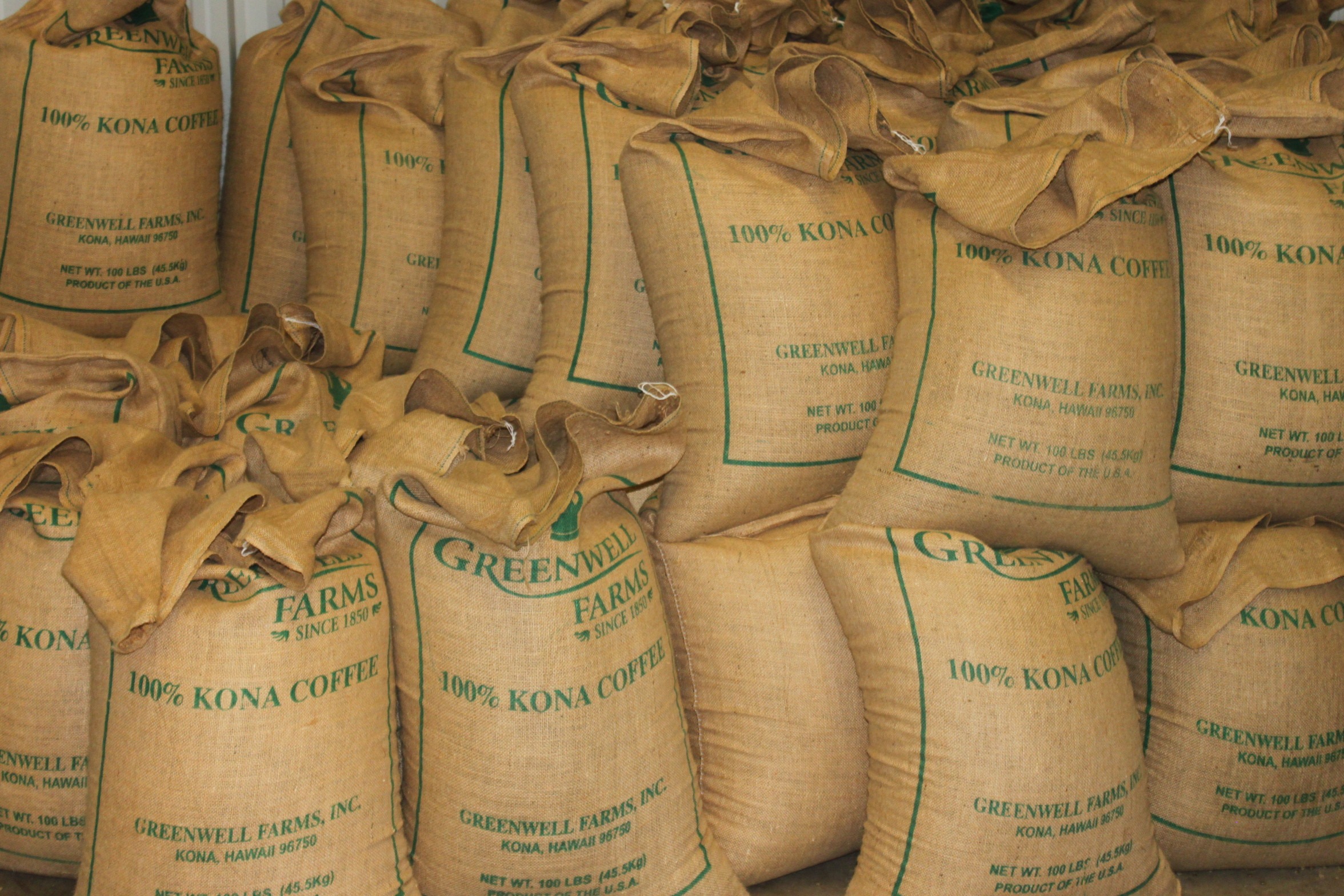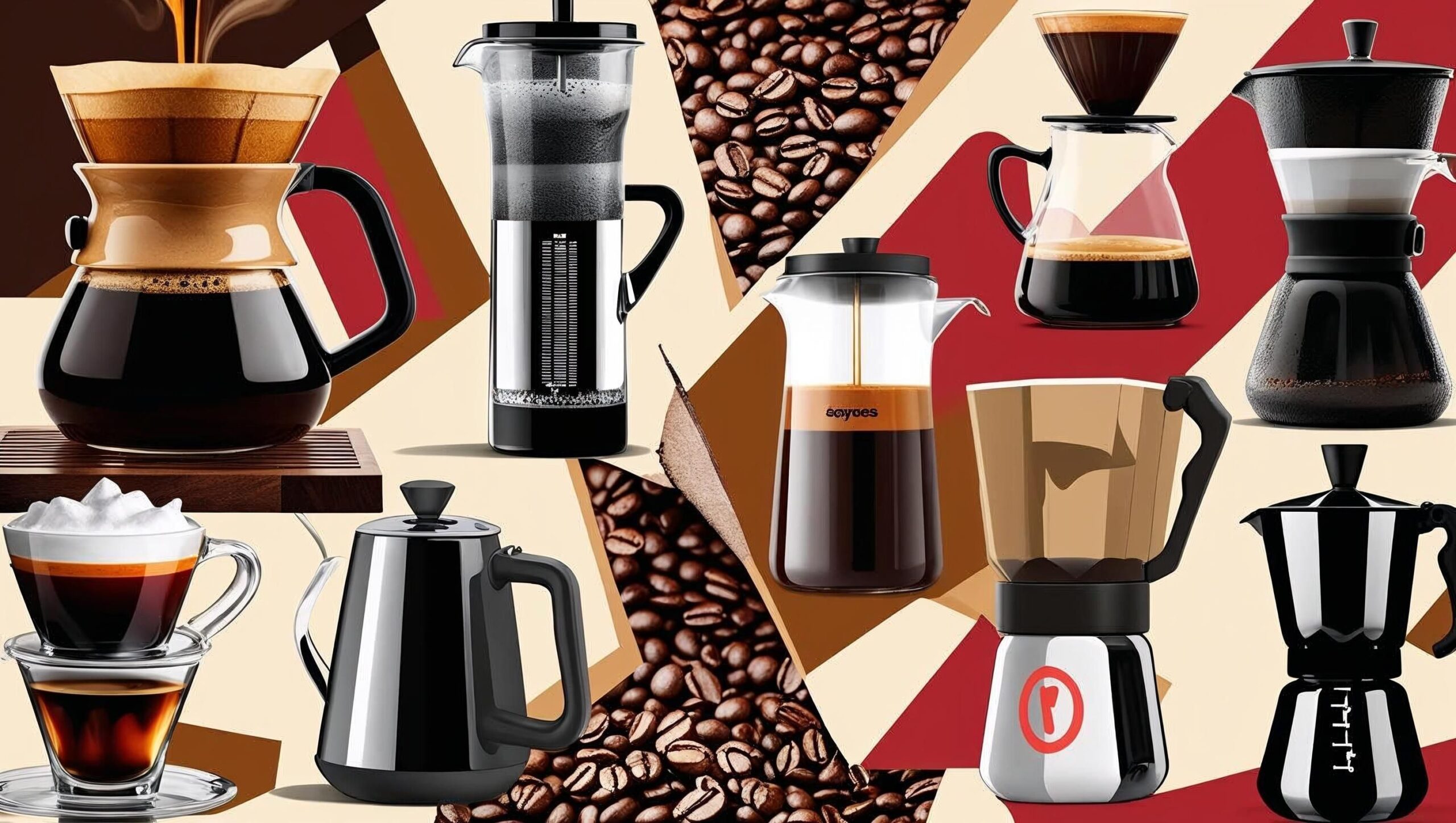A Behind The Scenes Look At Chocolate
Although we call this blog the “Art of Making Coffee”, sometimes looking at something else and seeing the similarities gives insight into the original subject of your study. As Greenwell Farms also grows cacao that we turn into estate chocolate, we thought it would be fun to look into that process and see what similarities exist with coffee.
First, both Coffee and Chocolate:
- Are the seeds of the fruit
- Are Tropical fruits (defined as being native to 23.5 degrees North or South of the Equator)
- Contain Caffeine (although chemically slightly different)
- Contain Theobromine (although coffee is in much smaller quantities)
- Contain Pyrazines (chemical compounds known to be pleasantly aromatic when cooked.)
- Contain a good amount of Anti-oxidants
Unlike Arabica coffee, which is self-pollinating, Cacao requires a little midge small enough to get into the reproductive areas of the flower. These midges will visit multiple trees and help cross pollinate the trees. From a pollinated flower to a mature fruit, cacao takes 6-7 months which is close to coffee. Coffee, we say is 6-9 months, depending on elevation. Both trees grown at higher elevations cause a longer maturation cycle for the fruit. This is due to cooler average temperatures. This is known to create a denser seed which is prized for higher sugar content and unique complexity. Coffee and cacao are considered ripe when they reach a certain color, and in Hawaii handpicking is still the most common method of taking fruit from the tree.
Fermentation
After a Cacao fruit is picked, the seeds are scooped out (with the mucilage) and fermented for about a week. Fermentation is vital to developing the foundational flavors in the seed. When people hear that coffee is also fermented, they sometimes seem a bit surprised, but in a nutshell, yeasts and bacteria break down (metabolizes) sugars in the mucilage. The by-products (metabolites) include acids, alcohols and esters. These metabolites are absorbed into the seed, and upon being roasted become new compounds that give both coffee and chocolate a variety of complex aromas from floral and fruity to sweet and earthy.
Drying
To create stability in the seed, we have to drop the moisture level in the seed. The drying process can be in the sun, in dryers, or a combination of both. In cacao the ideal moisture is about 7% and in coffee about 11%. These levels help prevent mold, will allow for pre-roasting storage and transport, minimize brittleness which may cause breakage or cracking, and upon being roasted prevent the beans from over cooking too quickly.
Roasting
Cacao is roasted to enhance aromas and flavors. Many in the industry refer to “baking” dry cacao seeds as it requires longer, lower temperature cooking to coffee’s quick high heat.
There is such a thing as lighter or darker roasted cacao seeds, but it is determined mostly by bean origin.
Whereas coffee once roasted, is now sold to the consumer for home use and customization, cacao is still a few steps away from being turned into chocolate.
Cracking & Winnowing
After the cacao is cooked, an outer skin has to be removed. Breaking the inner nib and air blowing away to outer chaff is vital to having pure and delicious cacao nibs.
Grinding
Now the nibs are finely ground for a few hours (industrial) to 24-48 hours (home mélangers) producing a sticky syrup-like compound called chocolate liquor.
Conching
Here is where sugar is added (determines the level of darkness) or milk powders and other add ons. Then this concoction is conched or slow mix/folded for up to 72 hours to create creamy, smooth textures and bring out complexity.
Tempering
Through a process of heating and cooling and reheating and cooling (known as tempering) the fat crystals in the chocolate become stable, which will create hardness and the signature shine.
Molding
Finally, the liquid, tempered chocolate is poured into molds and allowed to cool to produce a chocolate bar.
A Couple of Takeaways
It strikes me that most consumers absolutely take for granted all of the subtle and complex processes involved in taking something from the ground and producing a safe, high-quality finished product. That goes for coffee and chocolate, but also just about everything we see at the local market.
Interesting to note that coffee comes originally from the highlands of Ethiopia and Cacao from the Amazon Basin, evolved independently of each other, yet have become absolute staples of the entire world, with very interesting chemical crossover.
GFI Single Origin Estate Chocolate
Greenwell Farms has only about 250 cacao trees, and we do our own harvesting, fermenting, and drying. We use a second company for the back half of the process, and production is roughly 600 1oz bars a month for 12 months. That’s it. Our estate chocolate has been described as maximum fruit, winey, floral and delicate with balanced yet earthy undertones. We produce an 80% Dark, a 50% Milk, and a 60% Kona Mocha using our coffee as an add-in.
It started as a side project and now visitors from all over the world get to taste our estate chocolate that grows within the larger coffee farm.
Remember, money can’t buy happiness, but it can buy coffee and chocolate, and that’s almost the same thing.

Matt Carter is a retired teacher (1989-2018), part-time musician, farmer, and currently manages Greenwell Farm’s Tour and Retail Store Operations.







Matt, thank you for another WONDERFUL article. You never disappoint. I always learn something new. We now live in Florida. Does not stop us from our monthly order. Now I need to look into Greenwell chocolates!
live here yet need to visit farm